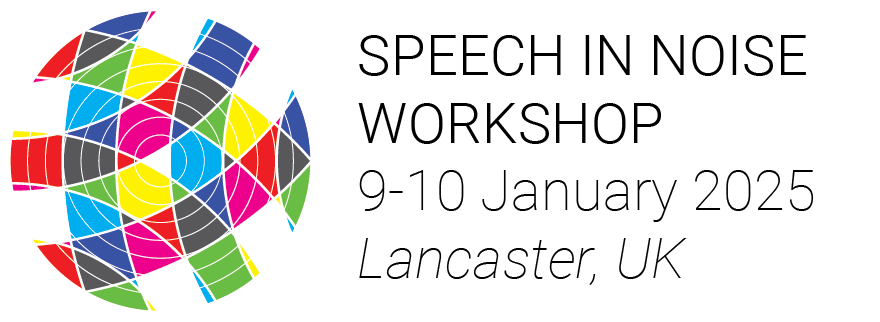P67Session 1 (Thursday 9 January 2025, 15:25-17:30)Investigating the effect of contact vs. non-contact sports on the brain's response to sound
Data indicates that sports-related concussions may cause damage to the auditory system or lead to difficulties perceiving speech in background noise. Understanding the effects of repetitive sub-concussive head impacts in contact sports remains limited, with no sensitive objective measure identified, or understanding of how sub-concussive impacts may affect auditory function. This study aims to investigate the impact of contact sports on the brain’s auditory neural responses in young adult athletes. This research will use 48 participants, divided into two groups: athletes engaged in contact sports and those in non-contact sports. Each participant will undergo two electroencephalography (EEG) recordings: 1) subcortical and 2) cortical, under two conditions: in quiet and in noise, using a 170ms speech syllable /da/ for both conditions, with a 6-multi talker background babble only for the speech in noise condition. Preliminary results from a repeated measures mixed two-way ANOVA on a sample of 26 participants (13 per group) revealed a significant main effect of group (F(1,23)=18.41, p<.001) in the cortical N100 responses, with contact athletes showing a reduced N100 amplitudes (M = -2.06µV, SD = 1.08) compared to non-contact athletes (M = -3.19µV, SD = 1.15). There was also a significant main effect of condition, (F(1,23)=19.43, p<.001), where both groups showed reduced N100 amplitudes in noise (M = -2.07µV, SD = 0.69) compared to quiet (M = -3.23µV, SD = 1.42). There was also a significant interaction between group and condition (F(1,23)=6.62, p=.017). Pairwise comparisons revealed that the group difference in N100 amplitudes between contact and non-contact athletes was only significant in the quiet condition, but not in the noise condition. Subcortical responses (F0 amplitudes) showed no significant group or condition differences at this stage. These initial findings suggest that cortical auditory processing may be more vulnerable to repetitive sub-concussive head impacts than subcortical responses, especially in the presence of speech in noise. This research aims to offers potential insights due to understanding the role in auditory function following head impacts and potentially working towards an objective marker of auditory processing changes due to contact sports, with implications for understanding player safety and the effects of sub-concussive impacts on auditory function.

